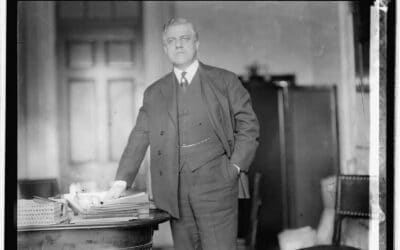Public choice uses economic methods to analyze political decision-making. Too often, both “policy experts” and the general public perceive problems and conclude that the government should do something about them, without evaluating whether government intervention could actually make things better. Public choice examines how the political process actually works rather than relying on a hope that if things aren’t ideal, somehow government can improve them.
I have just published a short book that gives an introduction to the theory of public choice. It presents the fundamental models that underlie the discipline to describe the way the political process actually works. The book isn’t anti-government or pro-government. It just presents public choice models of the political process in a manner similar to the way that economic theory presents models of the way the market economy works. From that analysis, it is apparent that sometimes even well-intentioned government intervention will make things worse.
For organizational purposes, my book divides the study of public choice into three major areas. The first is “Aggregating Voter Preferences,” which looks at how individual preferences are aggregated into group preferences through voting. The second is “Designing Public Policy,” which discusses the way that interest groups, elected officials, and government bureaucrats interact with each other to produce government policies. The third is “Constitutional Design,” which explains how the rules within which government decisions are made and how they evolve over time.
I am teaching an undergraduate Public Choice course at Florida State University starting in January. I’ve taught the course before, and one of my motivations in writing the book was that there was not a good textbook introduction to the subject.





























